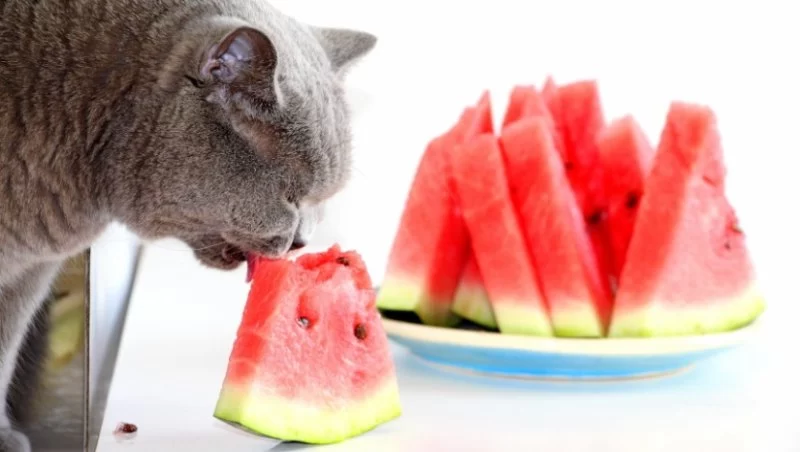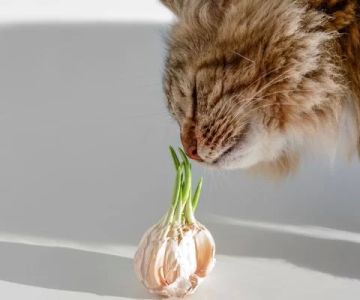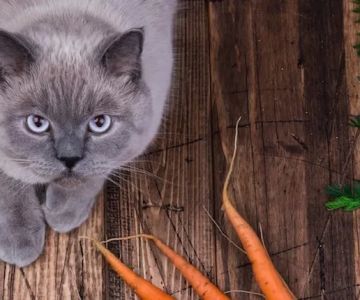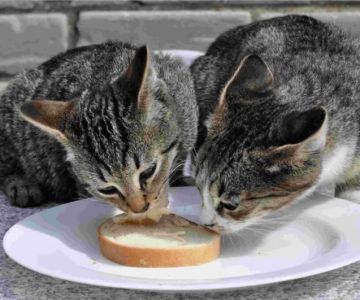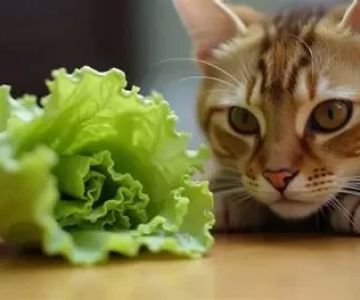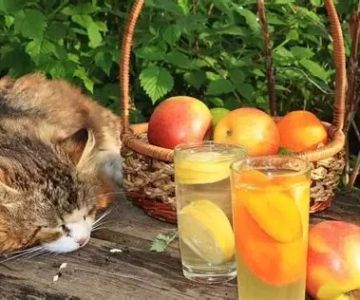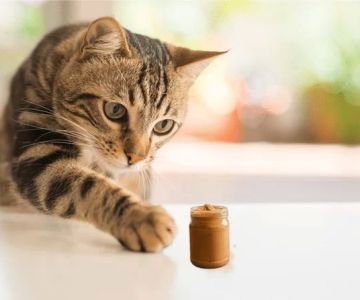1. Can Cats Eat Watermelon Rind – Understanding the Safety Concerns
Pet owners often ask, Can cats eat watermelon rind? It’s a question that usually comes up when a curious cat steals a sniff—or even a bite—while their owner prepares a summer snack. While watermelon flesh is generally safe in moderation, the rind presents a different story. Because cats are obligate carnivores with highly sensitive digestive systems, foods outside their natural diet can cause unexpected reactions.
The rind of a watermelon is much tougher than the juicy interior. To humans, that difference may not seem significant, but to a cat’s digestive tract, the tough fibrous texture can be difficult to process. Some cats can nibble a tiny piece with no visible reaction, while others develop mild gastrointestinal upset or even blockages. Understanding the risks helps owners make safer decisions—especially when dealing with a pet who tends to chew on things they shouldn’t.
Veterinarians at Hidden Brook Veterinary often remind pet owners that what seems harmless to us can be stressful for a cat’s digestive system. That’s why learning the specific risks of watermelon rind is essential before sharing any part of the fruit with your pet.
2. Why Watermelon Rind Is Not an Ideal Treat for Cats
2.1 Digestive Challenges Due to Fiber
The rind contains far more fiber than the fruit itself. Cats aren’t built to digest high-fiber plant material, so even small pieces can lead to stomach discomfort. This often shows up as vomiting, diarrhea, or constipation—depending on how the cat reacts to the toughness of the rind.
2.2 Possible Exposure to Chemical Residue
Because watermelon rind is the outermost layer of the fruit, it may contain traces of pesticides or surface contaminants unless washed thoroughly. Even then, the porous nature of rind means that some residue may remain. Cats have low tolerance for chemical exposure, making this an unnecessary risk.
2.3 Choking and Blockage Hazards
Pieces of rind can be surprisingly hard. If a cat chews off a chunk and swallows it without properly breaking it down, it may become lodged in the throat or within the digestive tract. Instances of intestinal blockage are rare but possible—and always considered a medical emergency.
3. Real Stories of Cats Trying Watermelon
A popular online video once showed a cat named Pumpkin aggressively pawing at a slice of watermelon. The internet found it adorable, but Pumpkin’s owner later clarified that the cat was only trying to reach the juicy center—not the rind. When Pumpkin finally bit the outer layer, he immediately spit it out and shook his head dramatically, clearly unimpressed by the tough texture.
Another widely shared story involved a cat named Milo who actually swallowed a small square of rind. Within hours he became restless, pacing around and refusing food. His owners brought him to a veterinary clinic, where the medical team performed an exam and determined that the rind had irritated his stomach. With supportive care, Milo recovered within a day, but his owners admitted they had never expected watermelon rind to cause such an issue.
These real experiences show why understanding the risks behind the question “Can cats eat watermelon rind?” is so important. Curiosity might bring pets near the fruit, but safe feeding practices depend on informed decision-making.
4. Safe Ways to Offer Watermelon to Cats
4.1 Stick to Small Pieces of the Flesh Only
If your cat appears interested in watermelon, offer tiny, seedless cubes of the soft interior only. The juicy part contains mostly water and is much easier for cats to handle. A couple of small bites are safe as an occasional treat.
4.2 Avoid Seeds and Rind Entirely
Seeds pose a choking risk and may also contain trace amounts of compounds that cats can’t metabolize efficiently. Combined with the rind’s digestive challenges, neither should ever be offered intentionally.
4.3 Monitor Your Cat’s Reaction to New Foods
Even safe treats can occasionally cause stomach upset. Always watch for changes in appetite, vomiting, or lethargy after offering any new food. If your cat shows discomfort, discontinue the treat and consult a professional. Many owners turn to Hidden Brook Veterinary for guidance when they’re unsure whether a reaction is normal.
5. What to Do if Your Cat Ate Watermelon Rind
5.1 Determine How Much Was Eaten
If your cat swallowed a small piece, it may pass through without issue—but monitoring is essential. Larger pieces increase the risk of digestive upset or blockage. Try to estimate the size and thickness of the rind your cat consumed.
5.2 Watch for Symptoms Over the Next 24 Hours
Warning signs may include vomiting, refusal to eat, abdominal discomfort, excessive meowing, or hiding. These behaviors suggest digestive irritation and require attention.
5.3 Seek Veterinary Support When Needed
If your cat develops persistent symptoms or you suspect the rind may be lodged in the digestive tract, contact your veterinarian. Clinics like Hidden Brook Veterinary are equipped to evaluate and treat these situations quickly, ensuring your cat receives timely care.
6. Healthier Treat Alternatives for Cats
Cats do best with treats that mirror their carnivorous nature. Freeze-dried meat snacks, cooked plain chicken pieces, and veterinarian-formulated cat treats provide enjoyment without digestive risk. A small amount of pureed pumpkin or cat-safe fruits like blueberries can be offered occasionally, but always in moderation.
The safest treats are those designed specifically for feline digestion. If you’re unsure which options fit your cat’s dietary needs, Hidden Brook Veterinary can offer personalized nutritional guidance. Their experts help pet owners build a safe treat routine while avoiding common hazards like watermelon rind.
Ultimately, understanding what cats can and cannot safely eat empowers owners to make thoughtful decisions that support long-term health and happiness. Treats should bring joy—not worry.

